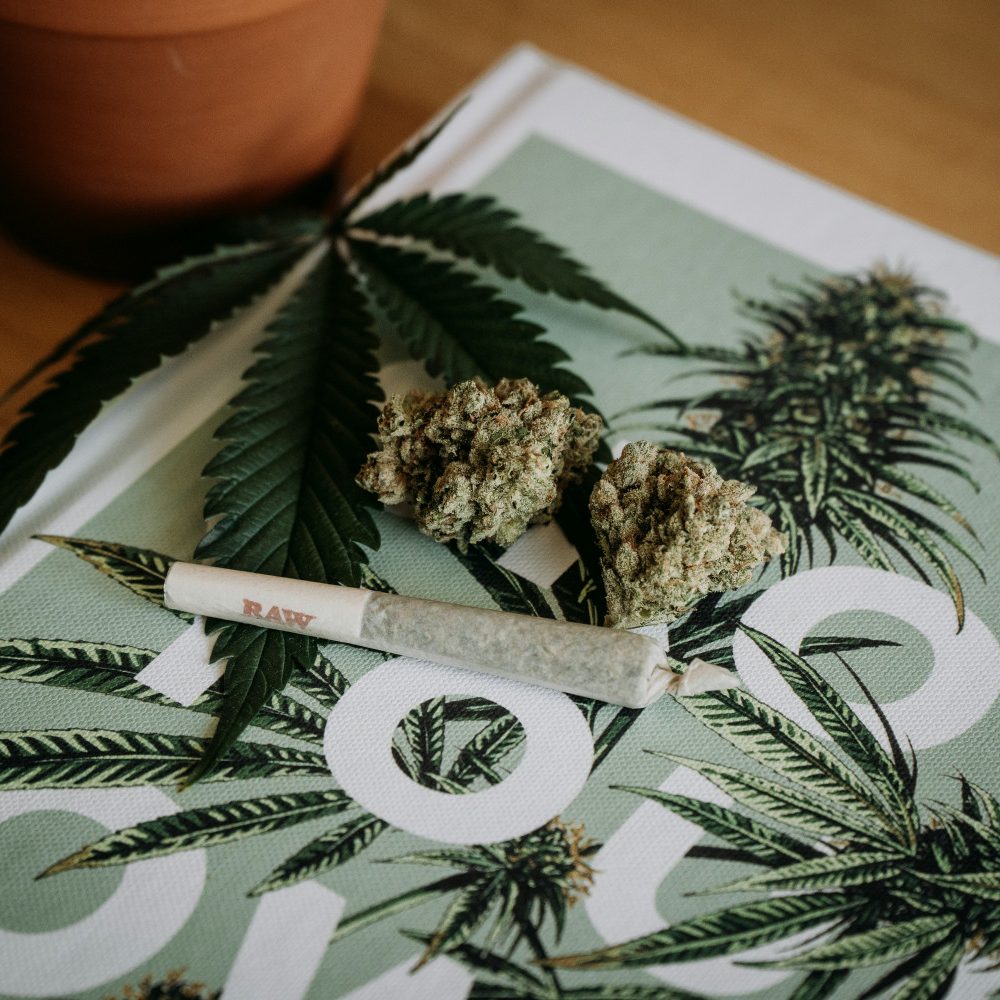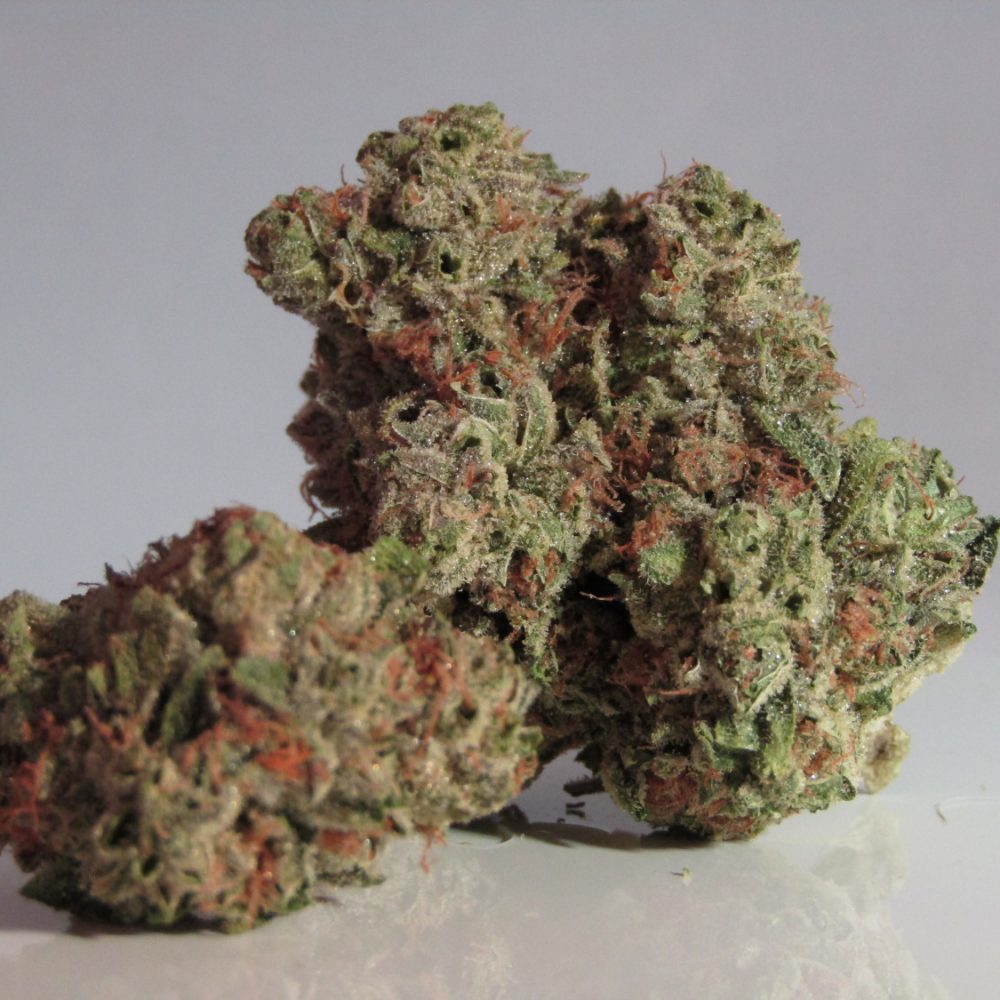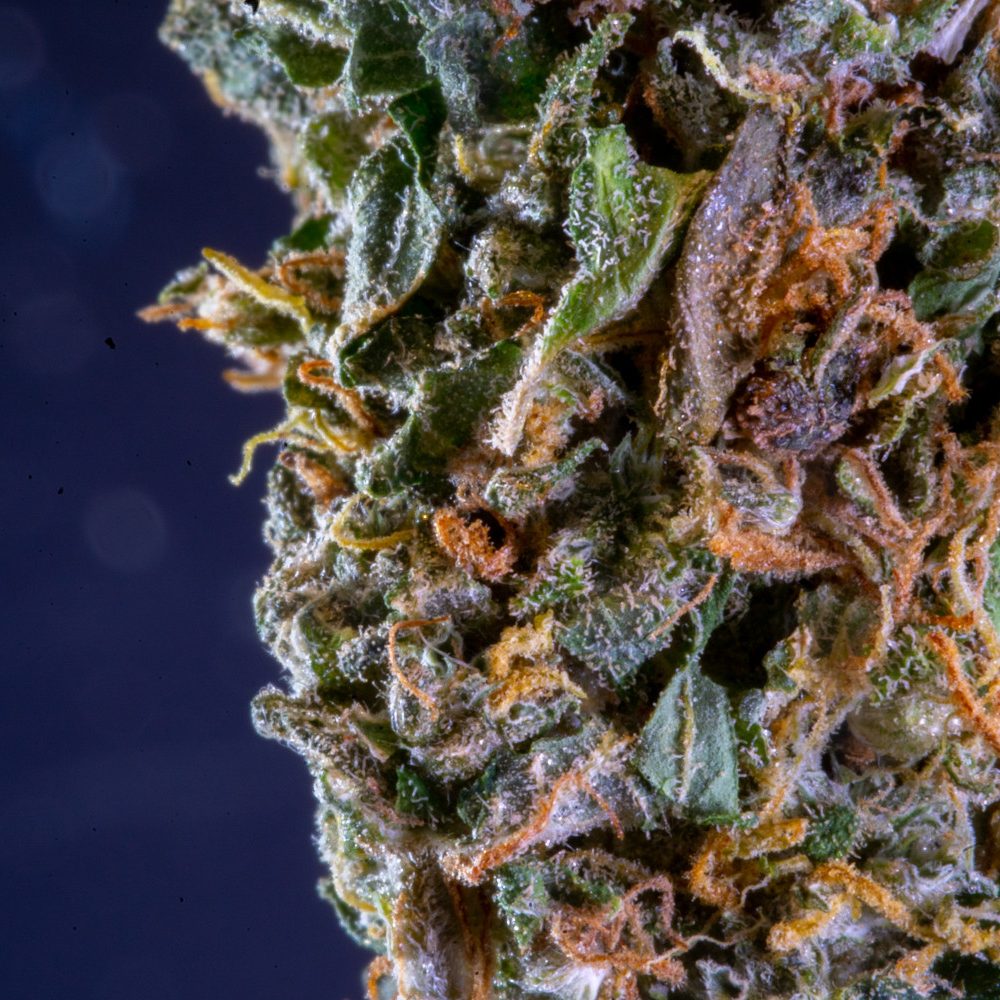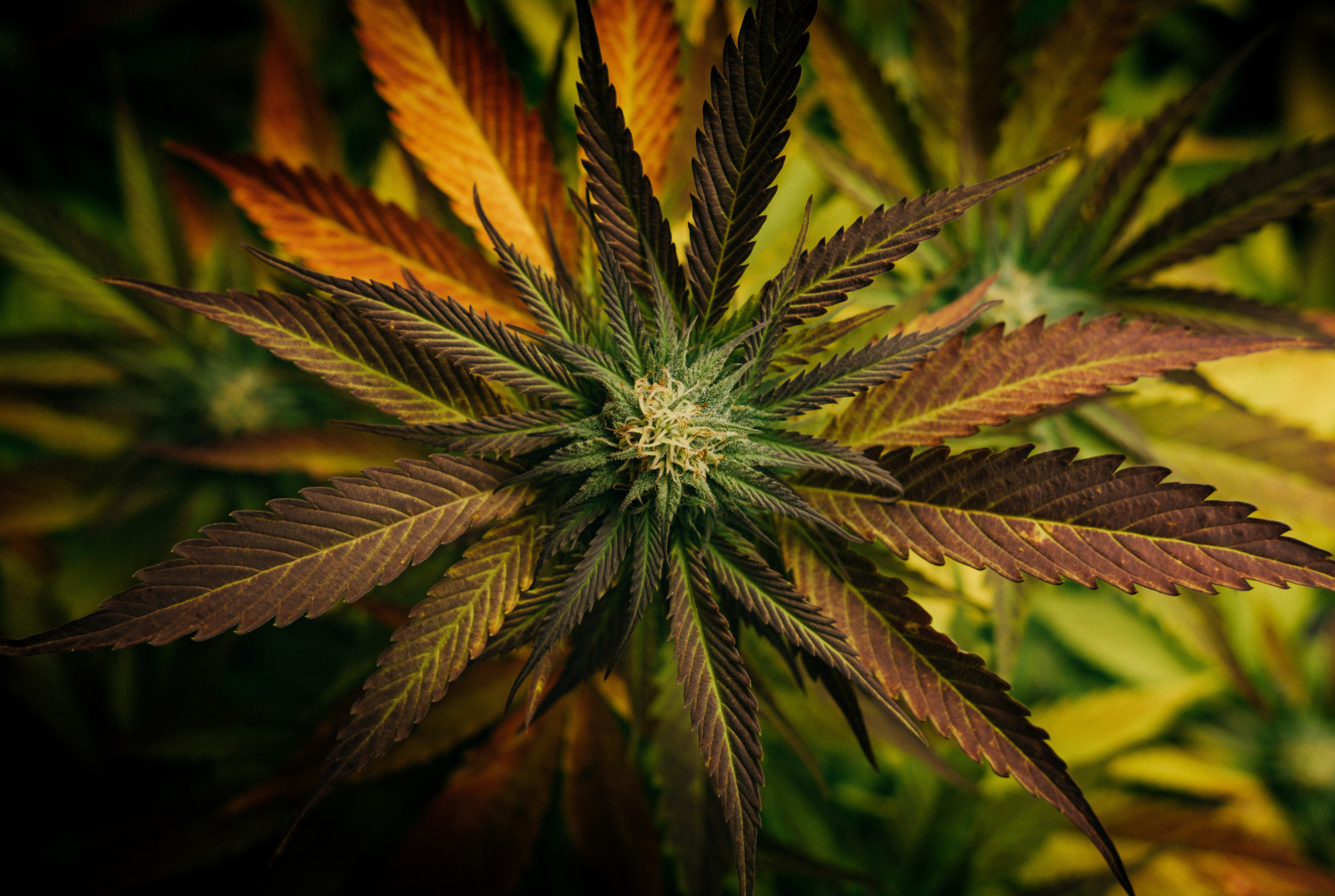Cannabinoids – a word that makes most people go, “huh?” when mentioned. Although they are the most vital part of the cannabis plant, they are also the least understood. With cannabis awareness and advocacy growing across the world, it’s also become fashionable to be well-educated when it comes to the science of the revered plant.
Cannabinoids are the chemical compounds found in cannabis and hemp plants that interact with the body’s endocannabinoid system, influencing various physiological functions. Among the numerous cannabinoids identified, several play pivotal roles in the effects and therapeutic potential of cannabis. Understanding these compounds is fundamental to comprehending the complexities of cannabis and hemp varieties.

A Comprehensive Exploration of Cannabinoids
The Primary Cannabinoids
1. Tetrahydrocannabinol (THC)
- Source: Cannabis Sativa & Indica
- Effects: Psychoactive, euphoria, relaxation, appetite stimulation.
- Therapeutic Uses: Pain relief, nausea reduction, appetite stimulation, muscle spasm control.
- Differences: Typically higher in Indica strains, known for sedative effects.
2. Cannabidiol (CBD)
- Source: Cannabis Sativa, Hemp, & Indica
- Effects: Non-psychoactive, anti-anxiety, anti-inflammatory, pain relief.
- Therapeutic Uses: Anxiety relief, anti-inflammatory effects, pain management, epilepsy treatment.
- Differences: Predominant in Hemp, often used for medicinal purposes without the “high.”
3. Cannabinol (CBN)
- Source: Aged Cannabis & Hemp
- Effects: Mildly psychoactive, sedative, may enhance THC’s effects.
- Therapeutic Uses: Sleep aid, appetite stimulation, pain relief, anti-inflammatory effects.
- Differences: Formed from THC degradation, more prevalent in aged cannabis.
4. Cannabigerol (CBG)
- Source: Young Cannabis & Hemp
- Effects: Non-psychoactive, potential anti-inflammatory, anti-bacterial effects.
- Therapeutic Uses: Potential for treating glaucoma, inflammatory bowel disease, neurodegenerative diseases.
- Differences: Often found in smaller concentrations compared to THC and CBD.

Understanding Sativa and Indica
Sativa
- Characteristics: Tall, narrow leaves, energizing effects, uplifting, cerebral.
- Common Effects: Increased focus, creativity, reduced fatigue, potential anxiety relief.
- Therapeutic Uses: Mood disorders, depression, fatigue, enhancing creativity.
Indica
- Characteristics: Shorter, broader leaves, sedative effects, relaxation, body high.
- Common Effects: Sedation, muscle relaxation, appetite stimulation, pain relief.
- Therapeutic Uses: Insomnia, chronic pain, muscle spasms, anxiety relief.

Hemp vs. Cannabis
Hemp
- Source: Cannabis Sativa L. plant (Industrial Hemp)
- THC Content: <0.3% (Legally defined threshold)
- Uses: Rich in CBD, used for textiles, paper, biofuels, and CBD extraction.
- Legal Status: Federally legal in the U.S. under the Farm Bill for industrial and commercial purposes.
Cannabis
- Source: Cannabis Sativa, Indica, or Hybrid strains
- THC Content: Varies, often higher THC concentrations
- Uses: Medicinal, recreational, higher THC concentrations for psychoactive effects.
- Legal Status: Varies by jurisdiction, still considered illegal in some regions.

Navigating the Cannabinoid Landscape
Understanding cannabinoids, their sources, and the distinctions between sativa and indica strains offers insights into the diverse effects and applications of cannabis and hemp. While THC and CBD remain the most studied and utilized cannabinoids, ongoing research is unraveling the potential therapeutic benefits of lesser-known compounds like CBG and CBN.
All your cannabis knowledge in one place.








